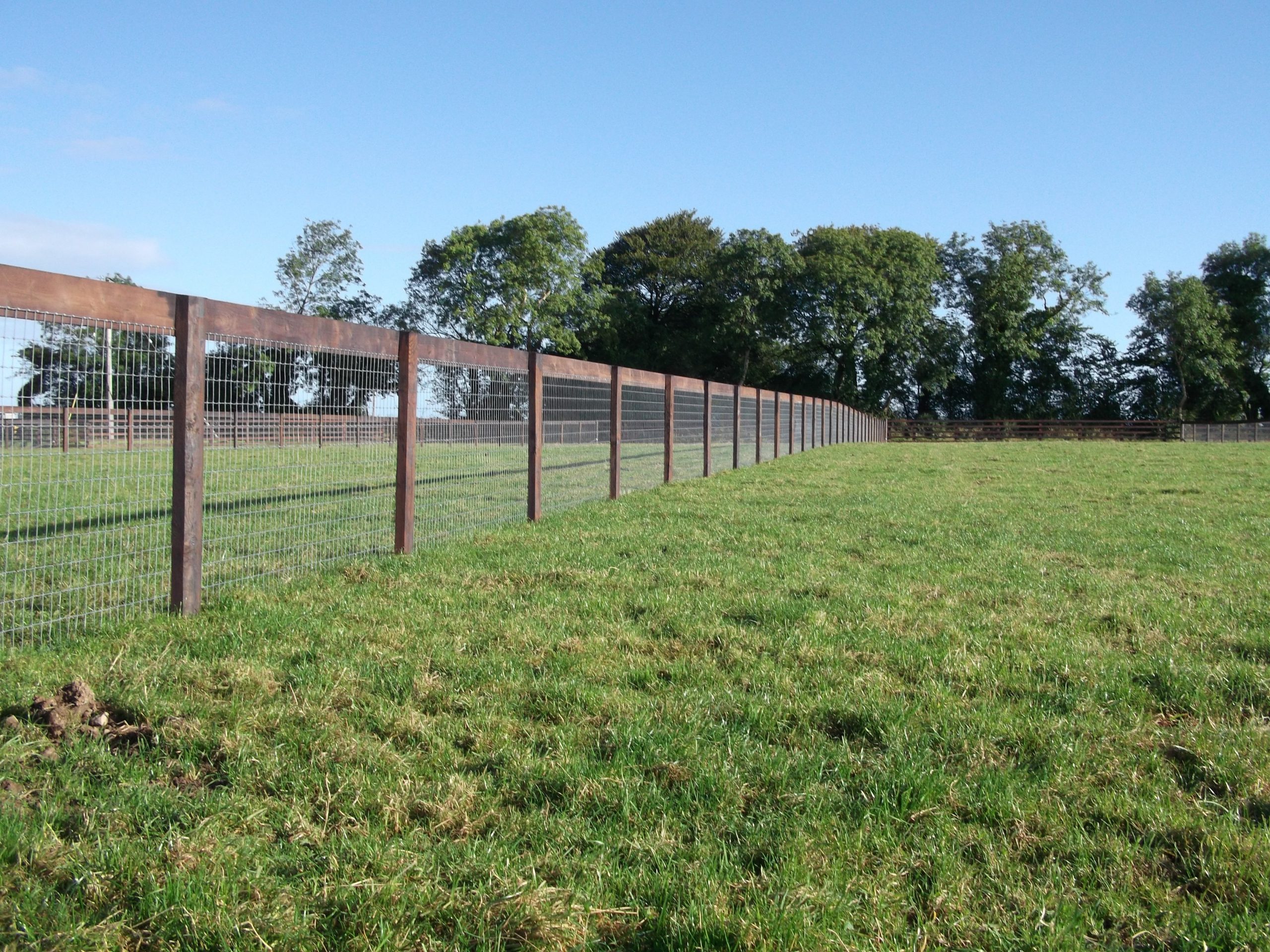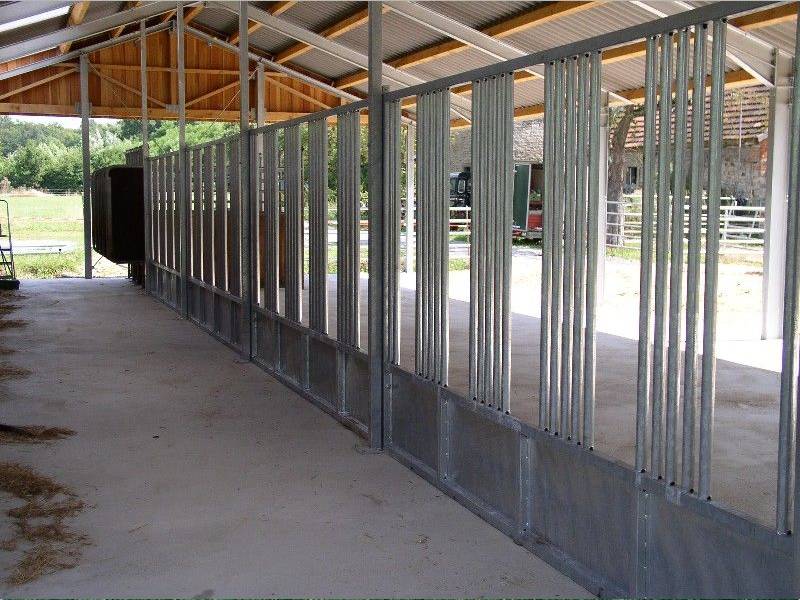Fencing Materials: Safety vs Cost Comparison for Your Horse

When it comes to choosing fencing for your horse, safety and cost are two of the most critical factors to consider. The right fencing not only protects your horse from injury but also fits within your budget. This article explores various fencing materials, comparing their safety features and costs to help you make an informed decision.
Common Fencing Materials for Horses
| Material | Safety Features | Cost Range (per foot) | Durability | Maintenance Needs |
|---|---|---|---|---|
| Wood | Natural, visible, less likely to injure | $10 – $30 | Moderate (5-15 years) | Regular painting/staining |
| Vinyl | Smooth surface, no splinters | $15 – $35 | High (15-20 years) | Low, easy to clean |
| Electric Wire | Deterrent effect, minimal injury risk | $1 – $3 | Variable | Requires regular checks |
| Mesh Wire | Strong barrier, risk of entanglement | $2 – $5 | High | Occasional repairs |
| Pipe or Metal | Very durable, visible, can cause injury | $20 – $40 | Very high (20+ years) | Rust prevention needed |
Safety Considerations
- Visibility: Horses need to see the fence clearly to avoid accidental collisions. Wood and vinyl fences are highly visible, while wire fences may require additional markers.
- Injury Risk: Materials like wood and vinyl are less likely to cause cuts or punctures. Metal and mesh wire can pose higher injury risks if horses run into them.
- Durability vs Flexibility: Strong materials protect horses but may cause more severe injuries if impact occurs. Flexible fencing can reduce injury severity but may not contain horses as effectively.
Cost Analysis
- Initial Installation: Wood and metal fences tend to have higher upfront costs due to materials and labor.
- Maintenance Costs: Vinyl requires less maintenance than wood, which needs regular painting or staining. Electric fences need ongoing electricity and repairs.
- Longevity: Investing in durable materials like vinyl or metal can reduce long-term costs despite higher initial expenses.
Additional Factors to Consider
- Climate: Some materials perform better in certain climates; for example, wood may rot in wet areas, while metal can rust.
- Aesthetics: Wood and vinyl fences offer a traditional, attractive look.
- Local Regulations: Check for any fencing requirements or restrictions in your area.
Frequently Asked Questions (FAQ)
Q1: What is the safest fencing material for horses?
A1: Wood and vinyl are generally considered safest due to their visibility and lower injury risk.
Q2: Are electric fences safe for horses?
A2: Yes, when properly installed and maintained, electric fences can be safe and effective deterrents.
Q3: How often should horse fences be inspected?
A3: Regular inspections, at least monthly, help identify and repair damage to maintain safety.
Q4: Can horses get injured on wire fences?
A4: Yes, especially if the wire is loose or broken, increasing the risk of cuts or entanglement.
Conclusion
Choosing the right fencing material involves balancing safety, cost, and maintenance. Wood and vinyl offer a good mix of safety and durability, while electric and wire fences can be cost-effective but require careful upkeep. Assess your specific needs, environment, and budget to select the best option for your horse’s safety and your peace of mind.
